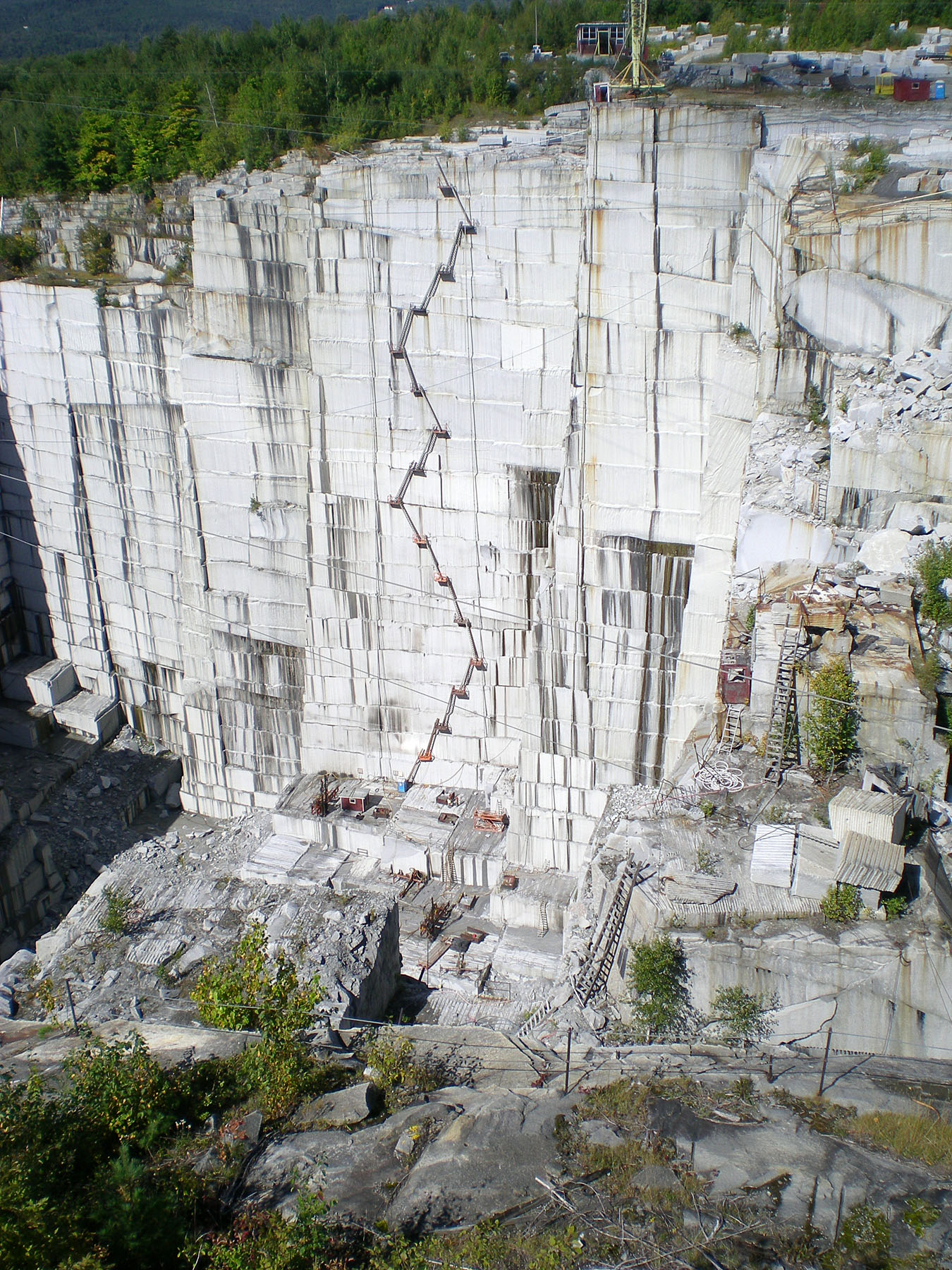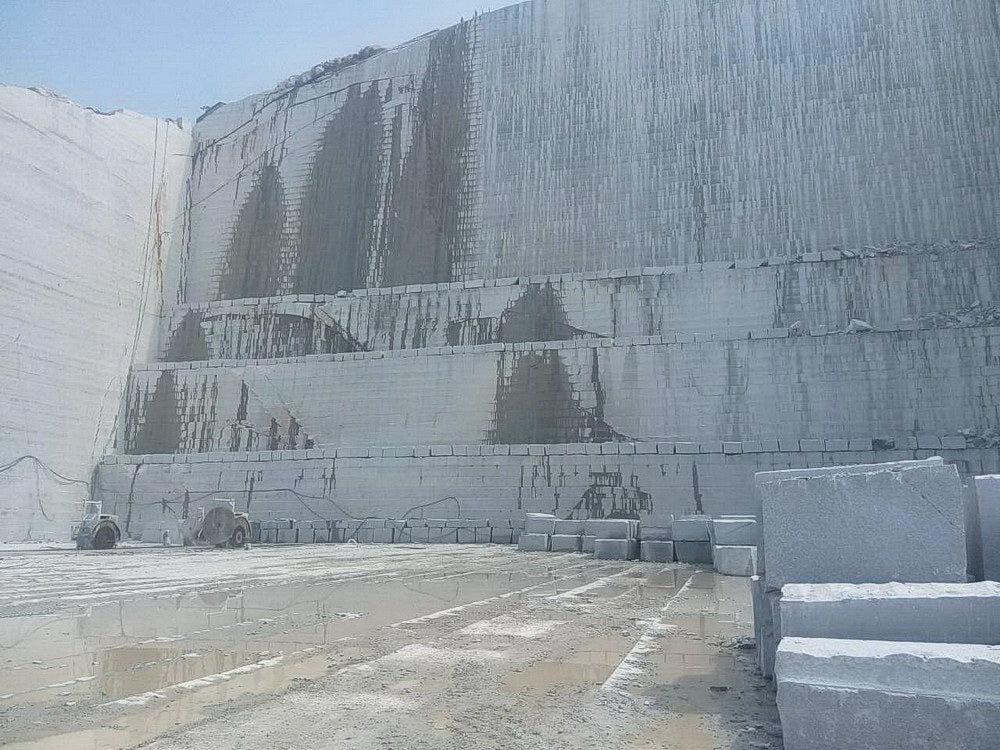Discovering Granite Quarries in South Africa Sector: From Quarry to Work of art
Discovering Granite Quarries in South Africa Sector: From Quarry to Work of art
Blog Article
Revealing the Mysteries of Granite Quarrying: Where Strength and Style Meet
The world of granite quarrying is a world where the raw strength of nature assembles with human virtuosity to create structures that stand the test of time with an air of style. From the midsts of quarries to the meticulous polishing in workshops, the process of changing granite right into building wonders is a complex dance of tradition and advancement. As we peer right into the midsts of this old craft, we begin to uncover the covert details that form the very essence of our developed atmosphere.
The Beginnings of Granite Quarrying
In the record of building history, the origins of granite quarrying are shrouded in a tapestry of ancient craftsmanship and geological wonders. Going back to old Egypt and Mesopotamia, the extraction of granite from quarries noted the start of a trip that would eventually result in the development of some of the world's most famous frameworks.
Granite quarrying's roots can be traced to the experienced artisans that identified the stone's toughness and visual appeal. Via a mix of primitive devices and large decision, these early quarry workers discovered granite blocks that would become the foundation of worlds.
As worlds developed, so did the techniques of quarrying granite. The Romans, renowned for their engineering expertise, created sophisticated techniques for extracting granite to construct monoliths, holy places, and roads that stood the test of time.
The heritage of these old quarrying methods continues to form modern-day design, with granite staying a sign of stamina and beauty in building projects around the world. (granite quarries in south africa)
Tools of the Quarrying Trade
The advancement of granite quarrying methods from ancient civilizations to modern-day times highlights the essential function played by the tools of the quarrying sell shaping the industry's practices. In old times, quarrying tools were basic, often consisting of knives, hammers, and wedges made from materials like bronze or iron. These devices needed significant workforce and time to essence granite obstructs from quarries.

Furthermore, the introduction of pneumatically-driven tools and high-powered machinery has considerably reduced the physical labor required in quarrying procedures, boosting worker security and performance. As the quarrying sector remains to introduce, the tools of the trade continue to be at the center of driving development and shaping the future of granite removal.
Drawing Out Blocks of Granite
Making use of accuracy equipment and progressed methods, the removal of granite blocks from quarries has Bonuses ended up being a sophisticated process in the modern quarrying sector. The preliminary step involves recognizing the area and size of the granite deposit to establish one of the most effective removal approach. When a suitable website is chosen, the removal procedure begins with the exploration of holes for the positioning of dynamites. Controlled blowing up methods are after that utilized to break apart the granite right into workable sections.

Polishing and Finishing Strategies
To attain a remarkable surface area on granite blocks, proficient craftsmens employ a collection of precise polishing and completing methods. After the initial extraction and shaping procedures, the granite blocks undertake a detailed sprucing up phase to improve their natural appeal and sturdiness. One common approach utilized in polishing granite is ruby abrasion, where industrial rubies are used to grind and brighten the stone to a smooth surface. This procedure not only produces a lustrous surface but likewise guarantees uniformity in color and texture throughout the granite block.
In enhancement to sprucing up, ending up techniques are used to further refine the granite's appearance. These strategies might include flaming, refining, or cleaning, each offering one-of-a-kind textures and finishes to click now fit various visual choices. Flaming, for circumstances, entails exposing the granite surface to high temperatures to produce a rough, textured surface, suitable for outside applications where slip-resistance is essential. Honing, on the other hand, offers a matte finish that is smooth to the touch, ideal for indoor counter tops and flooring. By thoroughly choosing and applying these polishing and finishing techniques, artisans can transform raw granite obstructs right into splendid items that display both stamina and beauty.

Ecological Impact and Sustainability
With the expanding focus on environmental awareness in the industry, granite quarrying methods are increasingly inspected for their influence on natural sources and long-term sustainability. Quarrying for granite can have considerable ecological implications. The extraction procedure frequently includes the usage of heavy machinery, nitroglycerins, and huge amounts of water, causing environment destruction, soil erosion, and water air pollution. In addition, the transportation of granite from quarries to processing centers creates carbon emissions, even more adding to ecological destruction. granite quarries in south africa.
To reduce these effects and make sure sustainability helpful resources in granite quarrying, market stakeholders are embracing different procedures. Applying innovative modern technologies to lower power intake and water use, reclaiming quarried land for ecological remediation, and promoting responsible sourcing practices are some strategies being used. In addition, qualifications such as the Woodland Stewardship Council (FSC) and the Management in Power and Environmental Style (LEED) help consumers recognize eco pleasant granite items.
Verdict
In final thought, granite quarrying is a procedure that needs specialized tools and strategies to extract blocks of granite and brighten them to a high level of finish. While the ecological impact of quarrying can be considerable, efforts are being made to enhance sustainability practices in the sector. In general, granite quarrying is a delicate equilibrium between using the stamina and style of this natural rock while reducing its influence on the atmosphere.
Report this page